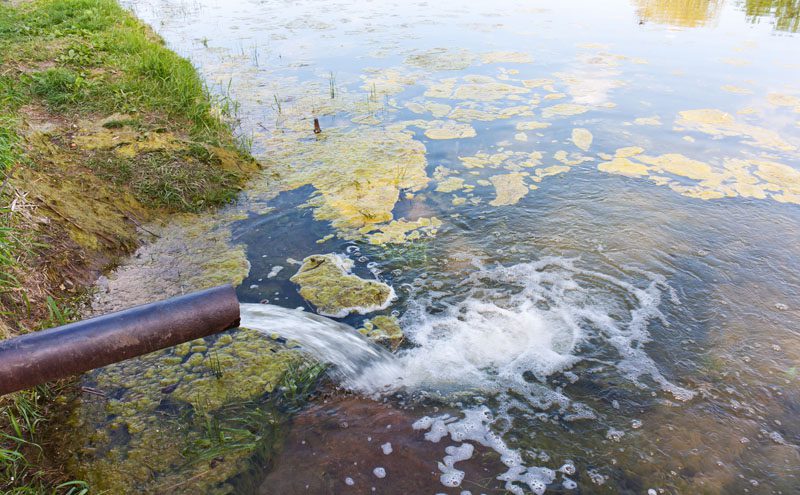
Around 40% of rivers in England and Wales are polluted with sewage, according to the results of a nine-month investigation released by WWF on 16 October.
The report, Flushed Away, fingers discharge from sewage treatment plants as the principal contributor to the problem, and paints a portrait of “a sewerage system on the edge”, running at or beyond full capacity, with the rate of upgrades and improvements falling behind the pace with which greater pressures are appearing.
There are around 17,684 licensed sewer overflows across England and Wales – places where water firms are allowed to discharge untreated sewage directly into the environment – and, of these, 89% discharge into rivers. As the WWF website puts it, “overflows are supposed to happen only during extreme rainfall, to prevent sewage backing up into homes. But we found 8-14% of overflows are spilling sewage into rivers at least once a week, and between a third and a half at least once a month”. The EU Urban Waste Water Treatment Directive requires that storm water overflows are only allowed in “unusually heavy rainfall”, making it likely that many firms are in breach.
Based on evidence gathered by the investigation, the WWF concludes that companies are relying on sewer overflows to compensate for under-capacity. Additional pressures include the public’s seeming propensity for flushing things down drains that they shouldn’t, such as wet wipes, kitchen fats and sanitary products. These objects block sewers, increasing the frequency of overflows.
The report acknowledges the great strides being made by water firms to improve upon the situation. For example, through greater levels of monitoring – now almost a third of sewer outflows are monitored and the EA plans to increase this number in 2020.
But things aren’t moving fast enough, say the report’s authors. In July, the EA called upon some water companies to make swifter progress towards bringing down pollution levels, following the release of a report which showed that in 2016 the total number of pollution incidents increased for the first time since 2012.
Most of today’s sewerage infrastructure was constructed over a century ago, says the WWF report, and investment is not keeping pace with deterioration. “We welcome the work of the 21st Century Drainage Programme which seeks to identify and address the major risks for drainage in the future”, says the report, “but there is opportunity to up the pace of progress and ensure all water companies are actively involved”.
Alastair Chisholm, the Director of Policy at CIWEM, The Chartered Institution of Water and Environmental Management commented:
“This latest report shows that despite improvements to our water environment at many levels in recent decades, we are not doing enough to ensure pressures placed by society on the environment are being managed properly. There are a number of opportunities at the moment to help improve this disappointing picture, starting with the Government’s 25 year environment plan.
“This should align all relevant government departments to work collectively to build a healthy environment on which our post-Brexit economy can flourish. Work by the National Infrastructure Commission and the imminent Industrial Strategy should drive the UK to develop cutting edge, clean, efficient business and infrastructure which minimises its environmental footprint so that we can ensure our economy thrives but our rivers do too.”






